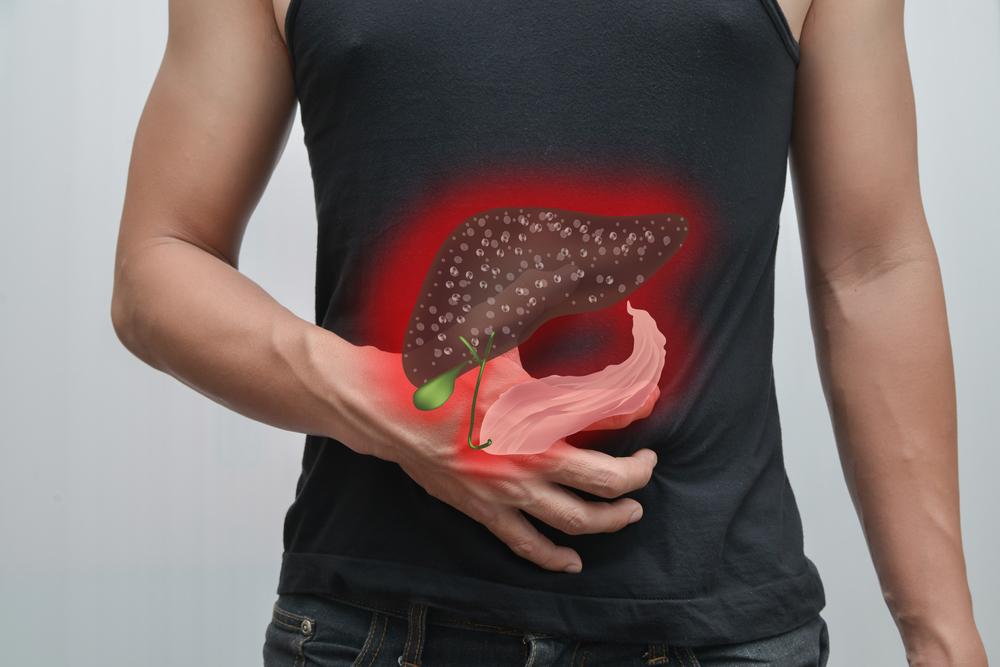Comprehensive Guide to Abdominal Pain: Symptoms, Causes, and When to Seek Medical Help
This comprehensive article explores the signs, symptoms, and causes of abdominal pain, highlighting diagnostic approaches and prevention tips. Understanding the different types and locations of pain helps in early detection of health issues like infections, digestive disorders, and organ problems. The piece emphasizes timely medical consultation and lifestyle habits to maintain abdominal health and prevent serious complications.

Understanding Abdominal Pain: Key Signs, Underlying Causes, and Prevention Tips
The abdominal region, commonly referred to as the torso or belly, is a complex area that contains vital organs essential for digestion, detoxification, and other critical bodily functions. This extensive region includes parts of the digestive system, such as the stomach, intestines, liver, and pancreas, along with other organs like the kidneys, spleen, and gallbladder. Due to the intricate interplay of these organs and their vital roles, any discomfort or pain in the abdomen often warrants careful attention to determine its cause and to decide whether medical intervention is necessary.
This article provides an in-depth overview of abdominal pain, focusing on recognizable symptoms, common causes, diagnostic procedures, and preventive measures to maintain optimal abdominal health. Understanding the various symptoms and causes of abdominal pain is crucial for early detection of underlying health issues and for seeking timely medical help.
The complex anatomy of the abdomen, encompassing multiple organs with diverse functions, contributes to the variety of potential causes behind abdominal pain. Since symptoms can often overlap across different conditions, accurate diagnosis can be challenging without proper medical evaluation. When addressing abdominal pain, healthcare providers typically utilize a comprehensive approach that includes detailed patient history, physical examination, and various diagnostic tests.
Patient history: Collecting information about the onset, duration, intensity, and nature of pain, along with associated symptoms and medical history.
Physical Examination: Inspecting for swelling, tenderness, or visible abnormalities; checking vital signs.
Additional tests: Blood tests, urine analysis, X-rays, and ECGs to identify infections or organ dysfunctions.
Advanced Imaging & Procedures: Ultrasound scans, computed tomography (CT), endoscopy, and colonoscopy for detailed visualization of internal structures.
Understanding the common causes of abdominal pain helps in identifying the underlying issues and guiding appropriate treatment strategies. Some prevalent causes include:
Gastroenteritis (approximately 13% of cases): An infection inflaming the gastrointestinal (GI) tract, often presenting with diarrhea, vomiting, and abdominal cramps. It’s typically caused by bacteria, viruses, or parasites.
Irritable Bowel Syndrome (IBS) (about 8%): A functional disorder affecting bowel motility, resulting in alternating diarrhea and constipation, along with abdominal discomfort.
Urinary Tract Infection (UTI) (around 5%): Infection affecting the urinary system, leading to pain, frequent urination, fever, and sometimes nausea.
Gastritis (about 5%): Inflammation of the stomach lining manifesting as upper abdominal pain, nausea, and vomiting. Causes include NSAID use, alcohol consumption, stress, and infection.
Constipation (roughly 5%): Difficulties in bowel movements causing bloating, severe abdominal pain, and discomfort.
The location of abdominal pain often provides critical clues regarding its origin. Understanding these signs can aid in quicker diagnosis and treatment:
Upper abdomen pain:
Pain in the upper middle or upper right region may suggest conditions such as gastritis, pancreatitis, liver diseases, gallstones, or early signs of appendicitis.
The right upper quadrant pain could indicate hepatitis, liver infection, gallstones, or biliary issues.
Left upper quadrant discomfort might be linked to spleen problems, gastric issues, or bowel inflammation.
Middle upper abdominal pain sometimes signals appendicitis, intestinal spasms, or inflammation of nearby organs.
Lower abdomen pain:
Pain in the lower regions can stem from gastrointestinal conditions such as diarrhea, colitis, or parasitic infections.
The right lower quadrant pain often points to appendicitis, bowel obstruction, or intussusception.
Left lower quadrant pain might be associated with diverticulitis, sigmoid colon disorders, or intestinal inflammation.
Prevention and maintenance of abdominal health are pivotal. Good hygiene, balanced diet rich in fiber, adequate hydration, and regular medical checkups can significantly diminish the risk of developing serious abdominal conditions. Recognizing early warning signs and seeking prompt medical assistance are essential steps toward effective management and improved health outcomes.





